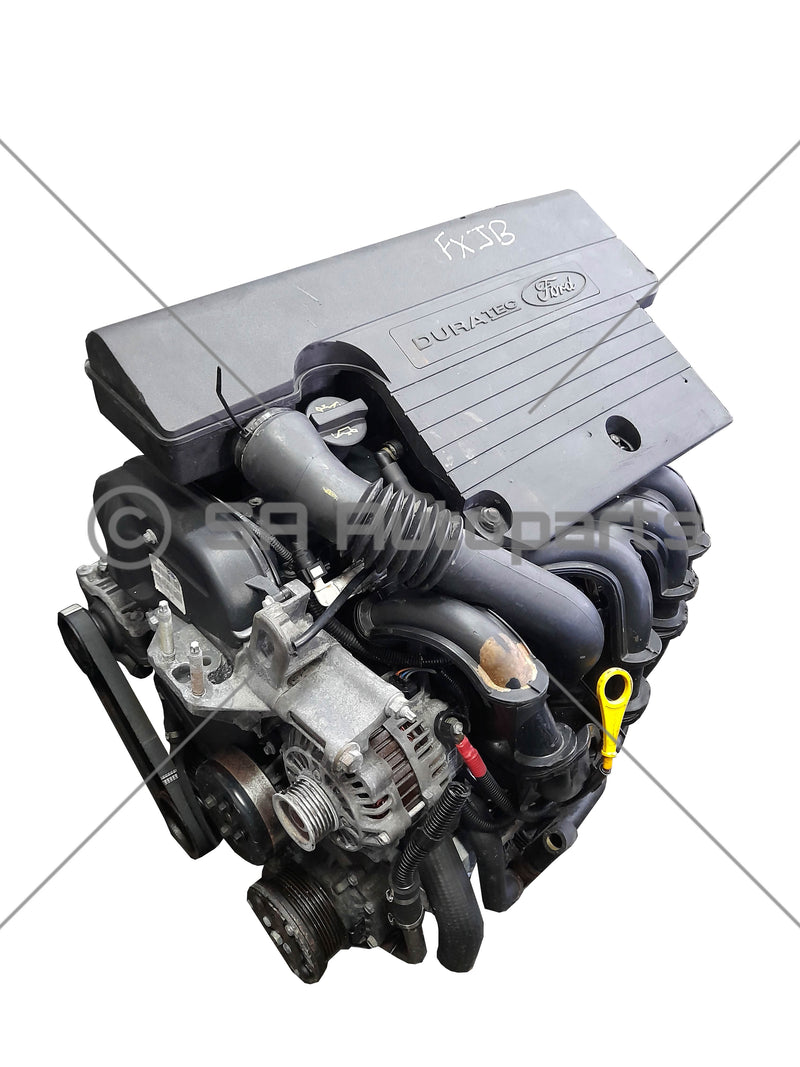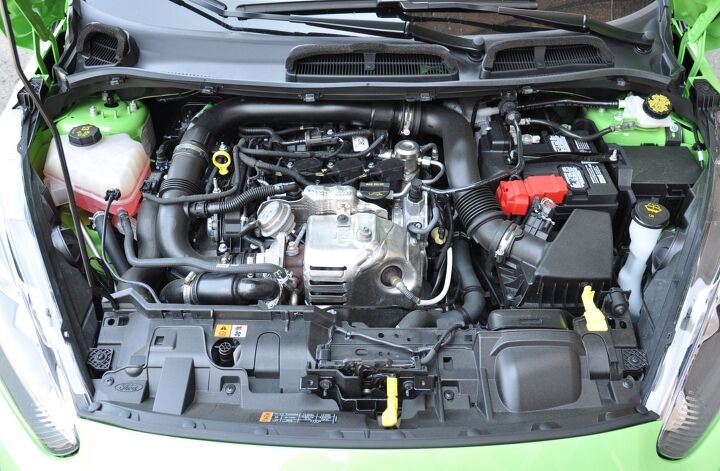Exploring the Benefits of a High-Performance Ford Fiesta Engine
Exploring the Benefits of a High-Performance Ford Fiesta Engine
Blog Article
Discovering the Evolution of Engines: From Traditional Styles to Modern Marvels
From the first steam engines that powered the Industrial Transformation to the introduction of inner combustion engines that changed mobility, each stage has actually contributed to higher performance and capability. As we analyze these landmarks, one must think about just how the future of engine design may unfold, testing our assumptions of power and performance.
The Birth of Engine Technology
The development of engine technology marked a critical moment in human development, transforming energy conversion and transportation. The earliest engines emerged from the demand to harness mechanical power for practical use, leading to the growth of tools that transformed numerous energy forms into movement (ford fiesta engine).
The development of the interior burning engine and the invention of the heavy steam engine militarized a profound shift in industrial capabilities. These engines not only boosted performance however additionally increased the range of human wheelchair, making it possible for extraordinary transport possibilities. The very early models laid the groundwork for the mechanical world, helping with the rise of sectors and reshaping social frameworks.
As engine styles evolved, they advanced and included cutting-edge products engineering concepts, leading the method for contemporary advancements - ford fiesta engine. The birth of engine modern technology sparked a ruthless pursuit of efficiency and power, establishing the phase for the dynamic development of transport and industrial equipment that would comply with
Vapor Engines and Their Impact

The steam engine's impact was specifically obvious in the transportation field (ford fiesta engine). Steam-powered locomotives facilitated the quick activity of goods and individuals across vast ranges, successfully shrinking the geographical barriers that had actually previously hindered profession and interaction. Steamships reinvented maritime travel, enabling for quicker and more reputable crossings of rivers and oceans.
In sector, heavy steam engines powered manufacturing facilities, enabling mass production and the increase of urban centers as centers of financial task. This change not only modified labor characteristics but likewise added to the emergence of a consumer-driven society. Moreover, vapor modern technology cultivated technologies in design and production processes, laying the foundation for future advancements in engine design. The heritage of vapor engines is extensive, mirroring a critical moment in human ingenuity and the unrelenting pursuit of development.
The Surge of Inner Burning
Often outweighing vapor power, the surge of interior burning engines marked a transformative change in transportation and sector during the late 19th and very early 20th centuries. The development of these engines, identified by their capacity to melt gas within the engine itself, enabled higher performance and power contrasted to typical vapor engines. Pioneering inventors such as Nikolaus Otto and Rudolf Diesel played important duties in developing engine styles, resulting in extensive adoption in automobiles, watercrafts, and commercial machinery.
The inner combustion engine's compact dimension and relatively light-weight nature assisted in the development of individual automobiles, reinventing individual flexibility and reshaping urban landscapes. By allowing faster travel and the reliable transport of items, these engines catalyzed economic development and fostered globalization. The flexibility of gas choices, including gas and diesel, further improved their appeal, enabling diverse applications across numerous sectors.
In spite of the ecological issues that would certainly later on develop, the preliminary attraction of internal burning technology lay in its transformative possibility. As society accepted this development, the structure was laid for modern-day transportation systems, developing inner combustion engines as a keystone of industrial innovation and day-to-day live throughout the 20th century.
Innovations in Engine Effectiveness
As internal combustion engines ended up being integral to transport and market, the emphasis changed towards enhancing their efficiency to satisfy expanding demands for efficiency and sustainability. Advancements in engine style, material scientific research, and modern technology have dramatically added to this advancement.
One significant innovation is the development of turbocharging, which permits boosted air intake, leading to more total fuel combustion and boosted power output without enlarging engine size. More Info Furthermore, variable valve timing systems have been applied to enhance engine efficiency across different RPM arrays, thereby boosting fuel discover this effectiveness.
The application of advanced fuel shot modern technologies, such as straight shot, has additionally played a crucial role. This method permits even more exact control over the fuel-air blend, promoting far better burning and minimizing discharges. Moreover, lightweight products, consisting of aluminum and composite elements, have been taken on to reduce total engine weight, resulting in improved performance.
These improvements reflect a wider pattern within the vehicle industry, where the synergy between design technology and environmental considerations drives the ongoing quest for greater performance in interior combustion engines. Because of this, contemporary engines are now extra effective, cleaner, and efficient than in the past, leading the way for a much more lasting future in transport.
The Change to Electric Power
With expanding concerns over ecological influence and nonrenewable fuel source dependency, the automobile sector is experiencing a considerable shift in the direction of electrical power. This shift is driven by a combination of technological advancements, regulative pressures, and altering customer choices. Electric cars (EVs) provide a compelling option to conventional inner combustion engines, flaunting decreased greenhouse gas emissions and lower operating expense.
The rise of battery technology has look at this now been a video game changer, with lithium-ion batteries ending up being much more effective and cost-efficient. Improved energy thickness and faster charging capacities have made EVs extra functional for daily usage. Moreover, federal governments worldwide are implementing motivations and establishing ambitious targets for eliminating nonrenewable fuel source cars, thus accelerating the fostering of electrical power.
As charging framework expands and battery modern technology proceeds to enhance, the change to electrical power is poised to reshape the automobile landscape, promoting sustainability and advancement in the years to come. The future of transport is electric, and the energy is indisputable.
Conclusion
The evolution of engine technology stands for a considerable trajectory of innovation that has actually greatly affected transportation and market. From the fundamental heavy steam engines to the transformative internal burning engines, each development has actually contributed to enhanced flexibility and economic development. The existing shift toward electrical power underscores a crucial dedication to sustainability, driven by improvements in battery innovation. This ongoing evolution not just mirrors transforming social needs however likewise highlights the potential for a cleaner and more efficient future in engine style.

Report this page